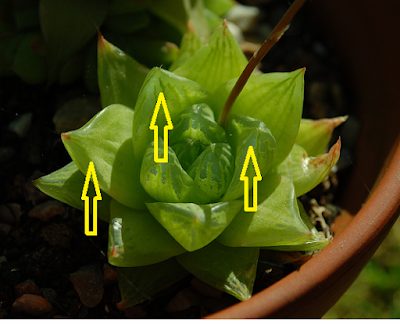An important part of making resolutions is that you don't make resolutions that you cannot possibly fulfill, resolving to do things that are nearly impossible for you, and you end up beating yourself up about these failures concerning your failures. Once you get this clearly in mind, making resolutions is a much more positive activity. So here goes.
1. Always make time for your cocktail hour. How sad that some people don't seem to be able to slow down or let up enough for a simple cocktail hour. When else do you get to walk around and appreciate your garden. Here we keep an open mind; it is possible some cocktail could actually displace margaritas. Nahhhh. But here in the winter a few new drinks have proven pretty good: a champagne cocktail flavored with pear brandy, an aperol sour, lemoncello-lemon-& bitters (this is more of a summer drink).
2. Always take time to enjoy and appreciate your garden even when it's far from perfect. Weeds happen, so don't obsess about it.
3. Don't waste time or resources on lawn, which is not and never will be a monoculture.
4. Eat well, but don't over eat. TPP likes good food, but portion control is something he is learning.
5. Take time to savor meals and drinks.
6. Blog about at least one recently published botanical research article a week. Hope this is something all you readers out there want.
7. Don't worry about the entropy increase around your house; hire people to reduce the entropy.
8. Reorganize some garden space to optimize use of the sunniest places. Who said you can't grow herbs or tomatoes in your sunny front garden? If they did say that, it shows a lack of imagination.
9. Make more lists to keep track of all the things you tend to ignore or simply forget. The memory cells are limited, getting fuller and older. Too bad our brains don't come with USB ports.
10. Find at least 10 new not-run-of-the-mill plants to add to our personal botanical garden.
11. Take time for a real vacation. Under consideration are southern Germany around the holiday season and New Orleans after some professional meetings.
12. Get a cat; you deserve their special kind of attention. This is especially important if you find yourself alone. They share your bed, talk to you, and help you keep their daily schedule on schedule.
Well, let's not overdo things. Too much self improvement isn't good for you all at once. For this reason TPP hasn't checked on last year's resolutions to see how poorly he did.
Change of address
6 days ago in Catalogue of Organisms



























